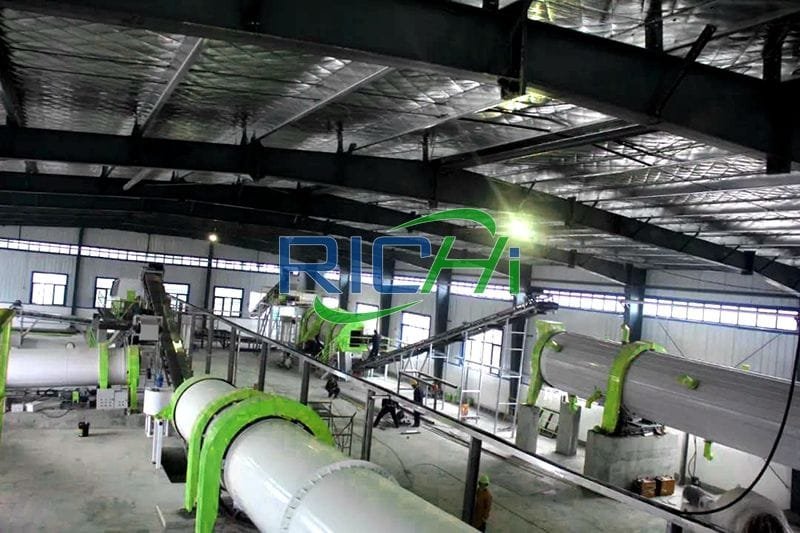In today’s evolving landscape of sustainable agriculture and environmental stewardship, the demand for organic fertilizers has surged. As consumers prioritize soil health and food quality, establishing organic fertilizer production plants presents a promising opportunity. However, accurately estimating costs is crucial for project viability, profitability, and long-term success. Here’s a comprehensive guide to estimating the costs associated with setting up an organic fertilizer production line:
Step 1: Conduct a Comprehensive Feasibility Study Before estimating costs, conduct a feasibility study. Analyze market demand, assess raw material availability, evaluate potential sites, and project financial outcomes. Understand market dynamics, competitive landscapes, and identify niche opportunities.
Step 2: Estimate Raw Material and Supply Chain Costs Assess costs for sourcing organic waste materials like animal manures and crop residues. Establish relationships with suppliers for pricing and transportation logistics. Consider costs for pre-processing materials to meet fertilizer production specifications.
Step 3: Evaluate Equipment and Facility Costs Select equipment (grinders, mixers, pelletizers) and design the facility. Obtain quotes from suppliers considering capacity, energy efficiency, and automation. Engage architects for efficient facility designs, and estimate costs for construction, site preparation, and infrastructure.
Step 4: Factor in Regulatory Compliance and Certification Costs Account for costs related to permits, licenses, and certifications (environmental assessments, zoning approvals, organic production standards). Consult with regulatory agencies for accurate cost estimation and ongoing compliance expenses. (Related post:10-15 T/H Chicken Manure Fertilizer Production Line in USA)
Step 5: Estimate Labor and Operational Costs Calculate labor costs for operators, maintenance, and support staff. Include energy costs (electricity, natural gas) and maintenance expenses (spare parts, lubricants). Consider waste management, packaging, and transportation costs.
Step 6: Explore Financing Options and Incentives Research financing options (bank loans, investor funding) and incentives (grants, subsidies) for sustainable agriculture. Leverage tax credits and leasing options to manage capital expenditures and improve financial flexibility.
Step 7: Develop a Comprehensive Cost Estimation Report Compile a detailed report outlining all expenses: capital investments, operational costs, regulatory fees, and contingencies. Conduct sensitivity analyses to assess potential impacts of market changes. Include financial projections for revenue forecasts and ROI calculations.
Conclusion Estimating costs for an organic fertilizer production plant involves meticulous planning and analysis. By conducting feasibility studies, assessing raw material and supply chain costs, evaluating equipment and facility needs, accounting for regulatory requirements, exploring financing options, and developing detailed cost reports, businesses can make informed decisions and ensure project success. Embrace sustainable practices to meet rising consumer demand for eco-friendly fertilizers, promote soil health, and contribute to a sustainable agricultural future. Regularly update cost estimates to adapt to market dynamics and optimize financial outcomes.
For details please contact: Richi Machinery
WhatsApp:86 138 3838 9622
Email:enquiry@pellet-richi.com










